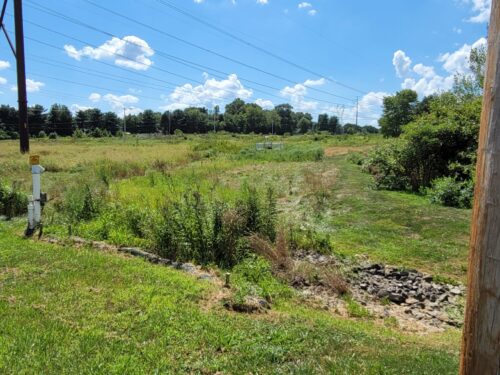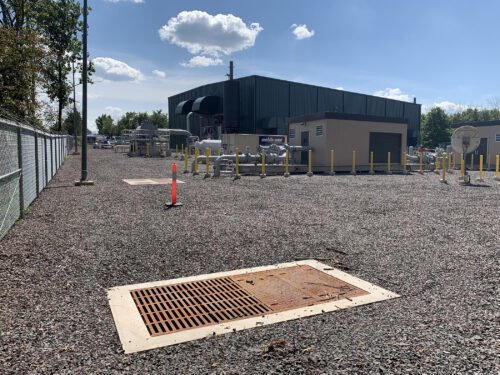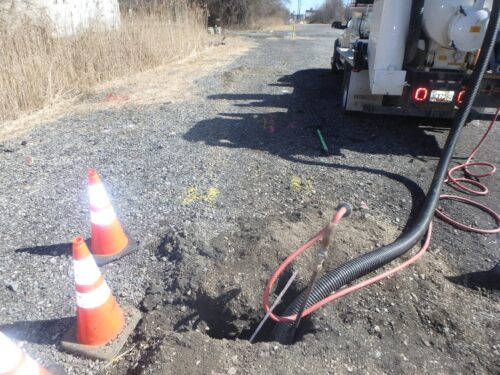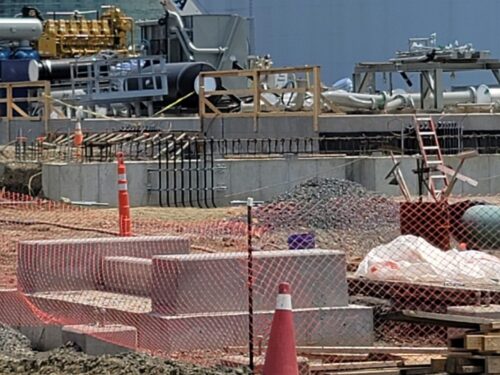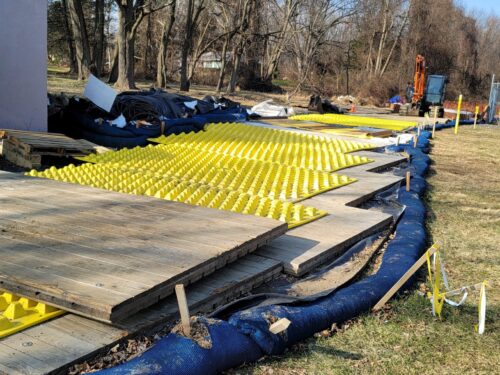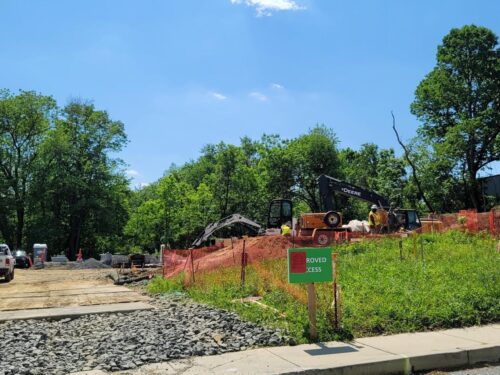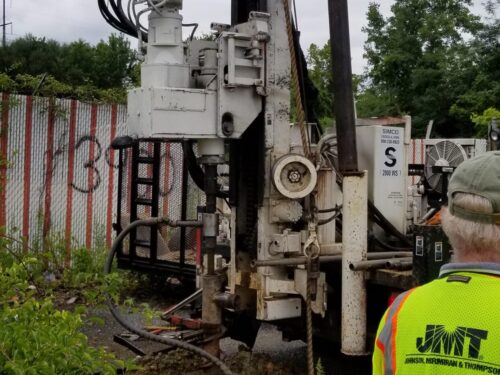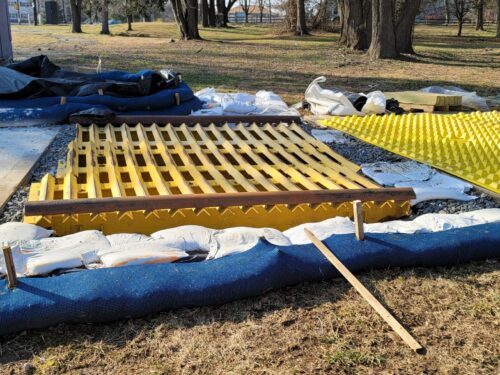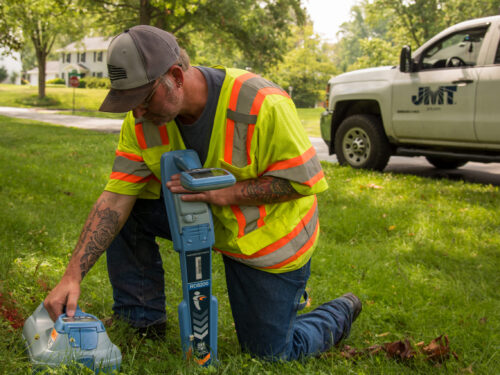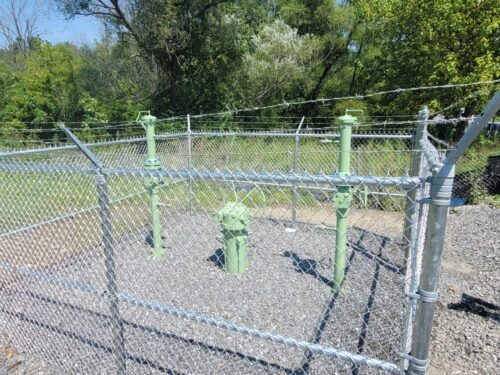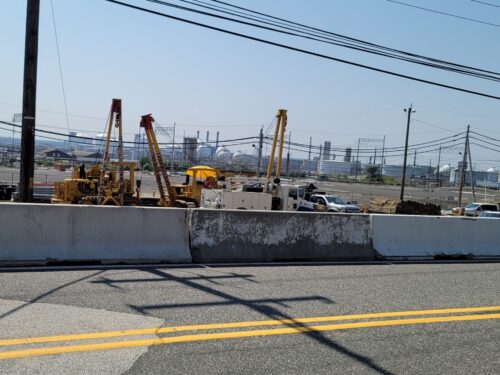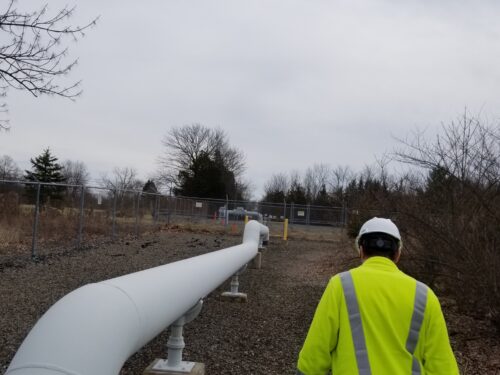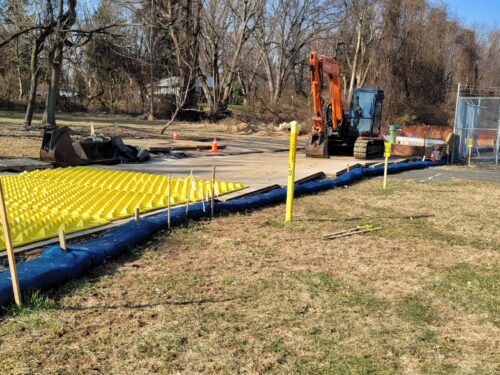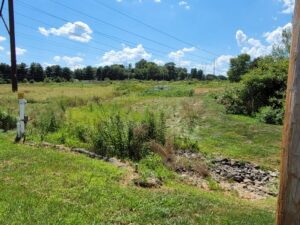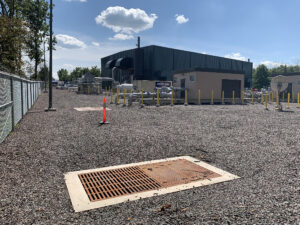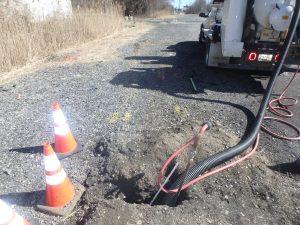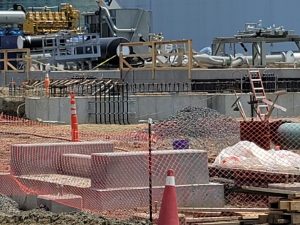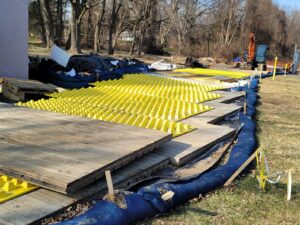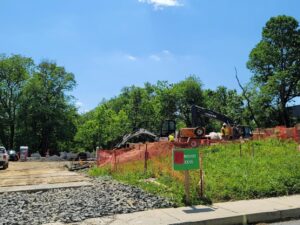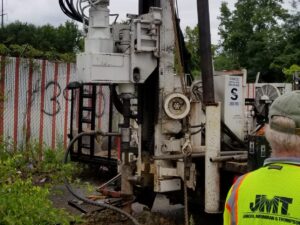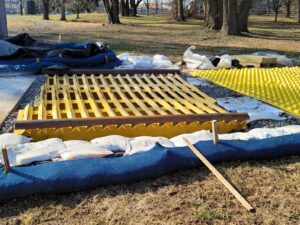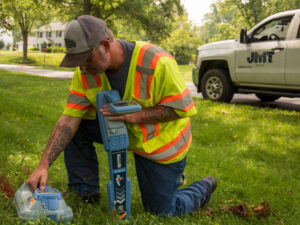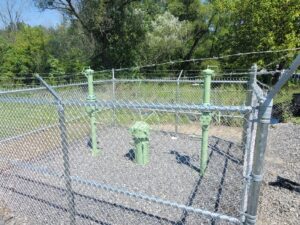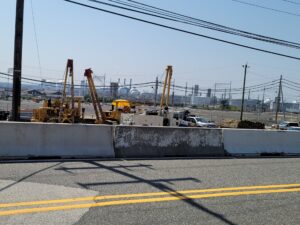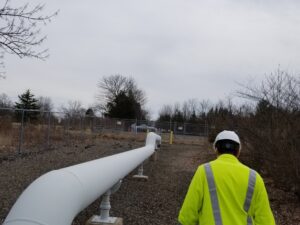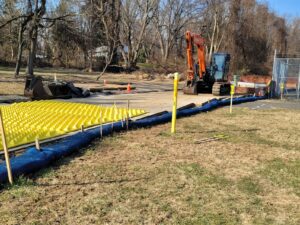Energy Infrastructure Services
Energy Infrastructure Services
JMT served as a subconsultant on this project to aid in the design, permitting, inspection for a large project where the natural gas infrastructure scope included repurposing miles of pipeline, constructing several miles of new pipeline, designing and building new compressor stations, and miscellaneous facility, pipeline and meter station upgrades. The project was constructed in Pennsylvania and Delaware. JMT provided engineering design and field services for the project from our Pennsylvania, Maryland, Delaware, Ohio, New York, and South Carolina offices. JMT’s project scope involved various engineering, permitting and inspection disciplines, including:
Geotechnical engineers and geologists from our Pennsylvania, Maryland, and Ohio offices, along with a reputable geotech drilling service. JMT performed geotechnical field investigations and associated geotechnical engineering to aid in the design of the building foundations, compressor and associated equipment foundations, HDD (horizontal directional drilling profiles), and verification of top of rock for foundation construction. Field investigations were performed using various methods. Cone petrometer testing was performed at one site where contaminated soils were suspected. Conventional spoon sampling and rock coring were used to establish soil types, top of rock, rock thickness, and geologic strata. Rock compression testing was performed to verify rock hardness for use on the HDD modeling. At one compressor site, rock elevation was a concern due to the depths of the structural foundations and buried piping. JMT worked with a subcontractor to perform seismic refraction of the entire site. JMT geologists and geotechnical engineers used the geologic information gathered in the field to assist JMT’s structural engineering group design the various equipment and building foundations.
The structural engineering group used the geotech data, along with manufacturer information for the compressors, process equipment, and buildings, to design the concrete foundations. A helical pile design was engineered for the sites deemed as possibly contaminated, to reduce the amount of excavation.
JMT’s water resource and environmental teams in Pennsylvania, Delaware, and New York offices collaborated to provide engineering design and field services . The scope of work included developing erosion and sediment controls (BMPs) for all construction sites. At several sites, there was a requirement for post-construction stormwater management systems. The team led the efforts to perform field infiltration testing and due diligence required in advance of designing plans and permits, including ESCGP-3 (PA DEP Chapter 102) and NPDES permits. As the engineer of record, JMT oversaw and performed field inspections for the construction of the storm water features and worked with the contractor and owner to file for the permit Notice of Termination. JMT’s team coordinated with others on archeological, endangered species, and historic management groups to ensure all requirements of NEPA were being met. JMT’s environmental group coordinated environmental due diligence at several sites suspected of ground contamination.
JMT performed topographic survey work for a new driveway access for permitting, provided field survey to aid in the planning and permitting of the ESCGP environmental permit, surveyed all overhead and some underground utilities, surveyed existing site features at various construction sites, set control for construction, and surveyed various environmental testing locations. Deed research was performed through the construction corridor to identify property owners. The survey crew also, supported the SUE crew.
JMT’s SUE (subsurface utility engineering) group located underground utilities on various sites and for the mainline pipeline construction. The team located bridge pier foundations to ensure the HDD alignment would not impact the foundations. A team from the New York office used ground penetrating radar (GPR) to locate underground gas piping and electrical conduit at existing sites planned for upgrade prior to final site civil design.
The traffic and highway engineering groups work-shared to provide various traffic control designs to facilitate traffic during various stages of construction. HOP permits were obtained from PennDOT and municipal road use agreements as required. Traffic control included signalized intersections designs (both temporary and permanent). In Delaware, utility permitting was required, including applicable traffic and pedestrian traffic designs and detours.
The cultural/historical resources team performed archeological, endangered species and aesthetic management planning.
